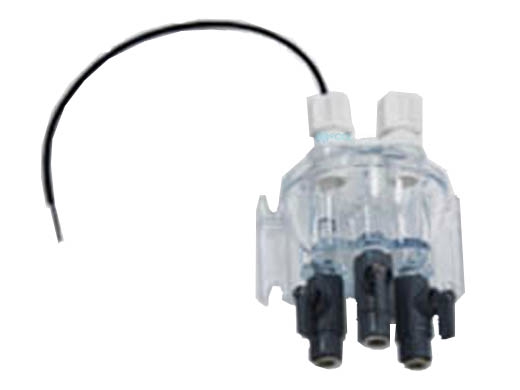Ron, I know this is not the thread where you want to discuss ORP in detail, but hoping I can get my 2 cents in during your “observations” since you are so far ahead my non-existent ORP implementation. Our systems use different chlorinating methods (mine: Stenner pump, yours: SWG). I am considering SWG in the future but for now am working on other things.
I have run a number of chlorination tests in my pool and have found that higher CYA levels (70-80) help significantly in maintaining my FC levels and minimizing my chlorine addition requirements during the summer...this is comparable to CYA levels recommended for SWG users. I know this is pushing the TFP recommendations for CYA in a non-SWG pool, but I am pretty comfortable with my chems & system (even for weeks at a time) unless there is a catastrophe...in particular a failure of a Stenner pump tube which I currently cannot detect. In your case, an equivalent could be an unexpected failure of your SWG to produce chlorine (I don’t know it that is possible or not, or whether you can already automatically detect such a failure).
In any case, I was hoping at some future point to investigate ORP at higher CYA levels (like yours currently) to see if it was possible to easily detect very low (or zero) FC levels, signaling a potentially huge problem with the chlorinating system (even with high CYA levels). I know the ultimate goal is fine control of FC using ORP, which has been problematic for many...I’m just wondering if this catastrophic failure detection might be a first step, haha.
Anyway, like I said, if/when you start your ORP thread, I’ll be watching carefully.




